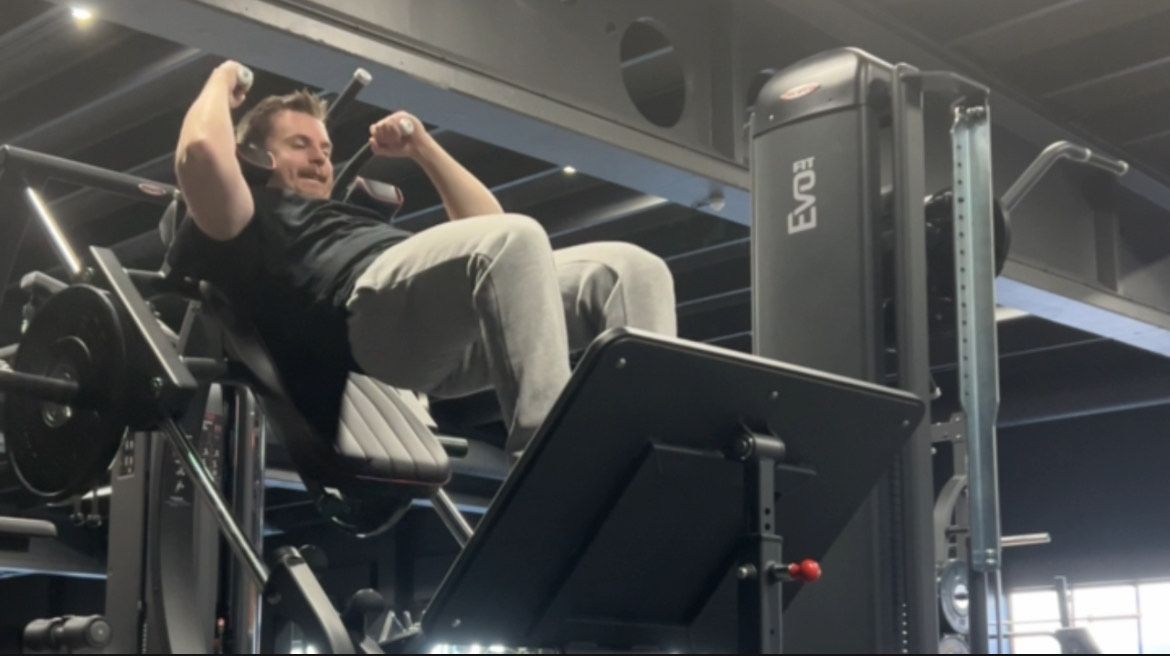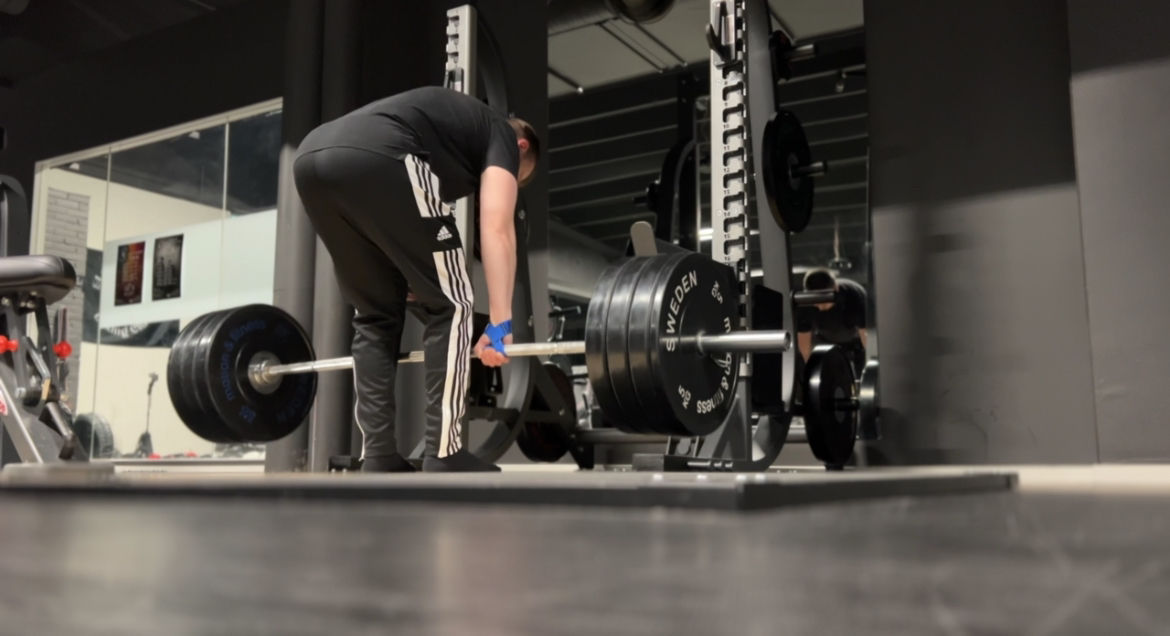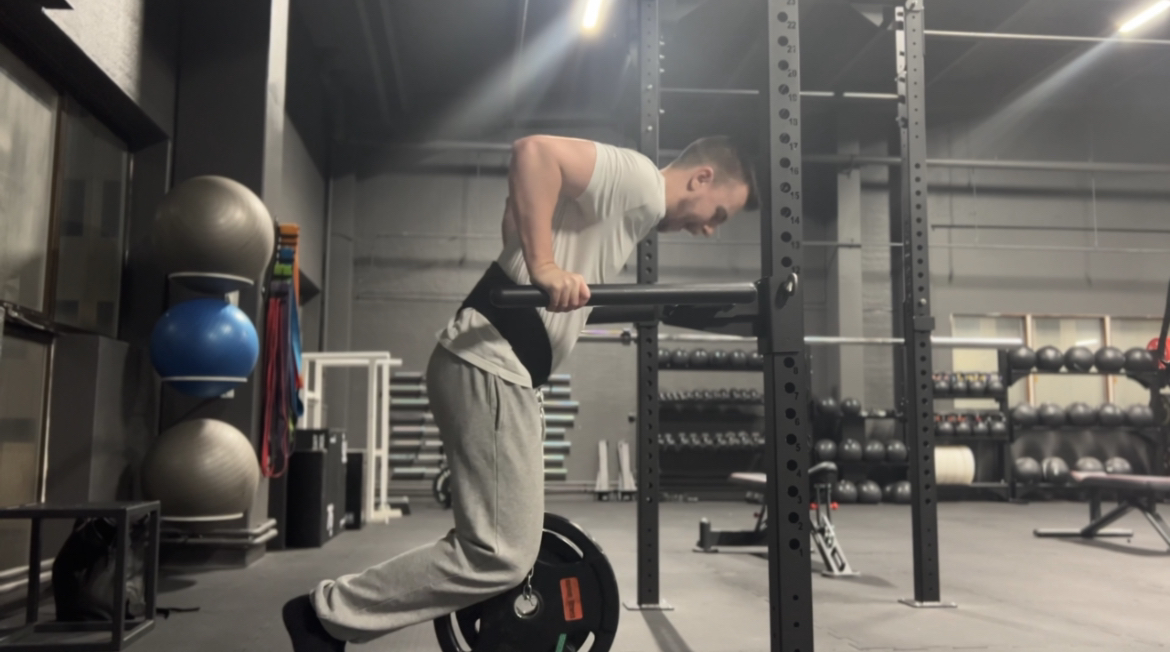How much volume should you do to grow your back?
How many sets?
Building a strong and well-developed back is a goal for many fitness enthusiasts and athletes alike. However, determining the optimal number of sets to maximize back muscle growth can be a subject of debate and confusion. In this article, we explore the factors influencing back muscle growth and provide insights into how many sets you should perform to achieve optimal results.
Understanding Back Muscle Growth:
- Muscle Fiber Recruitment: The back consists of several muscle groups, including the latissimus dorsi, traps, rhomboids, and rear deltoids. To stimulate muscle growth effectively, it's crucial to target these muscles with exercises that promote maximal muscle fiber recruitment.
- Progressive Overload: Progressive overload is the principle of gradually increasing the intensity, volume, or resistance of your workouts over time to continuously challenge your muscles and promote growth. This can be achieved through increasing the number of sets, reps, or weight lifted.
- Recovery and Adaptation: Muscle growth occurs during the recovery period following a workout, as the muscles repair and rebuild stronger and larger fibers in response to the stress placed upon them during exercise. Adequate rest and nutrition are essential for supporting this process.
Determining the Optimal Number of Sets:
- Individual Factors: The optimal number of sets for back muscle growth can vary depending on individual factors such as training experience, genetics, recovery capacity, and overall workout volume. Beginners may require fewer sets to elicit growth, while more advanced lifters may need to perform higher volumes to continue making progress.
- Exercise Selection: The selection of exercises can also influence the number of sets needed for back muscle growth. Compound exercises such as deadlifts, pull-ups, rows, and lat pulldowns recruit multiple muscle groups simultaneously and may require fewer sets to stimulate growth compared to isolation exercises.
- Intensity and Effort: The intensity and effort exerted during each set play a crucial role in stimulating muscle growth. Performing sets with sufficient intensity, reaching near failure or muscular fatigue, can maximize muscle fiber recruitment and promote growth.
General Guidelines for Back Training:
- Volume: Aim for a total weekly volume of 10-20 sets per muscle group for back training. This can be distributed across multiple workouts throughout the week to ensure adequate stimulus for muscle growth without overtraining.
- Variety: Incorporate a variety of exercises that target different areas of the back, including vertical pulls (e.g., pull-ups, lat pulldowns) and horizontal pulls (e.g., rows, deadlift variations). This ensures comprehensive development of all back muscles.
- Progression: Gradually increase the number of sets, reps, or weight lifted over time to promote progressive overload and continued muscle growth. Monitor your progress and adjust your training program accordingly to avoid plateaus.
Individualization and Listening to Your Body:
- Listen to Your Body: Pay attention to how your body responds to your training regimen. If you're consistently fatigued, experiencing excessive soreness, or not making progress, it may indicate that you need to adjust your training volume or intensity.
- Experimentation: Experiment with different set volumes and training frequencies to find what works best for your body and goals. Keep a training journal to track your workouts and progress, allowing you to make informed decisions about your training program.
Conclusion:
Maximizing back muscle growth requires a combination of targeted training, progressive overload, and adequate recovery. While there is no one-size-fits-all approach to determining the optimal number of sets for back training, following general guidelines and listening to your body can help you develop a personalized and effective training program. By incorporating a variety of exercises, progressively increasing training volume, and paying attention to recovery, you can unlock your back's full potential and achieve the muscular development you desire.











